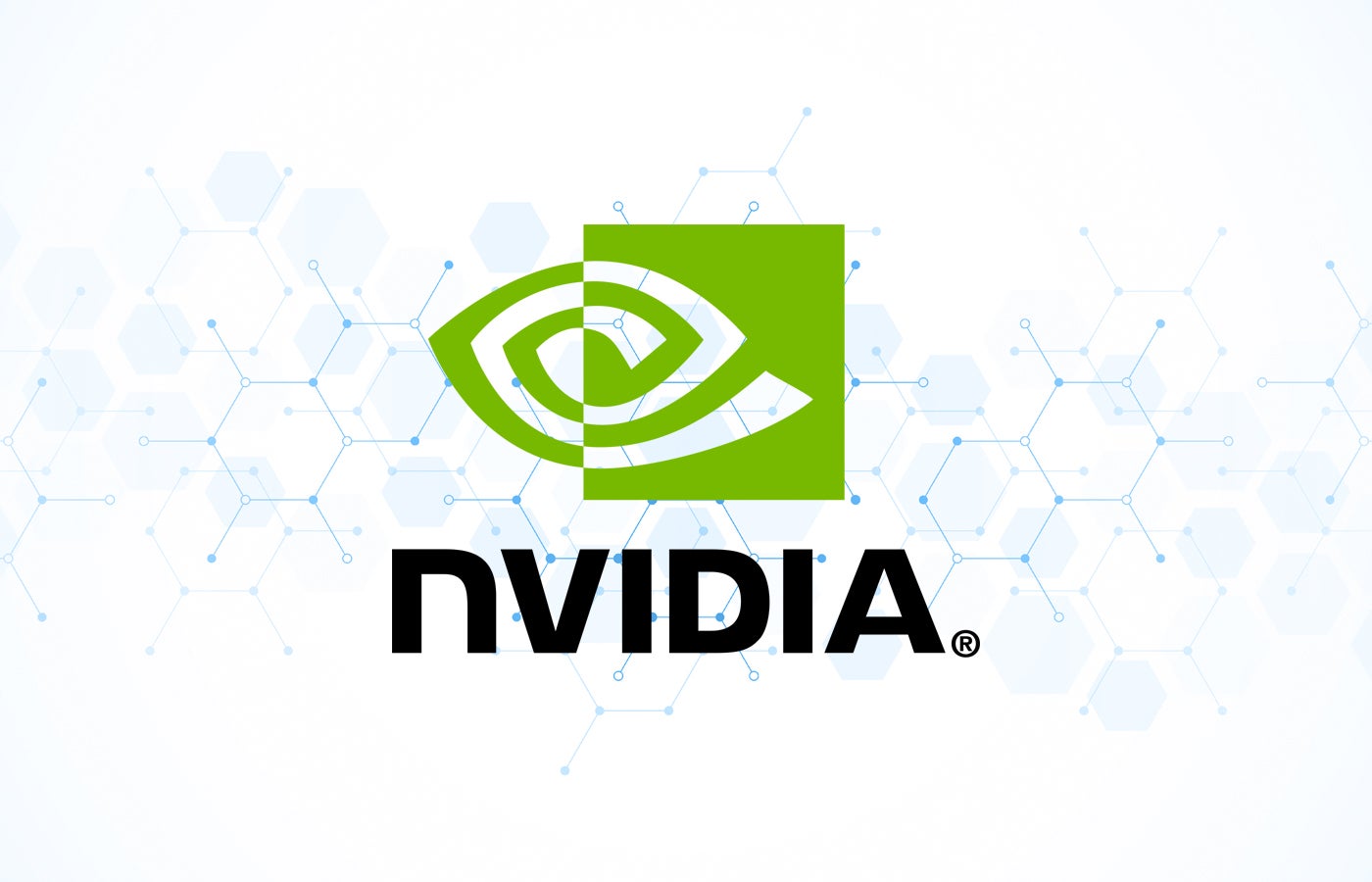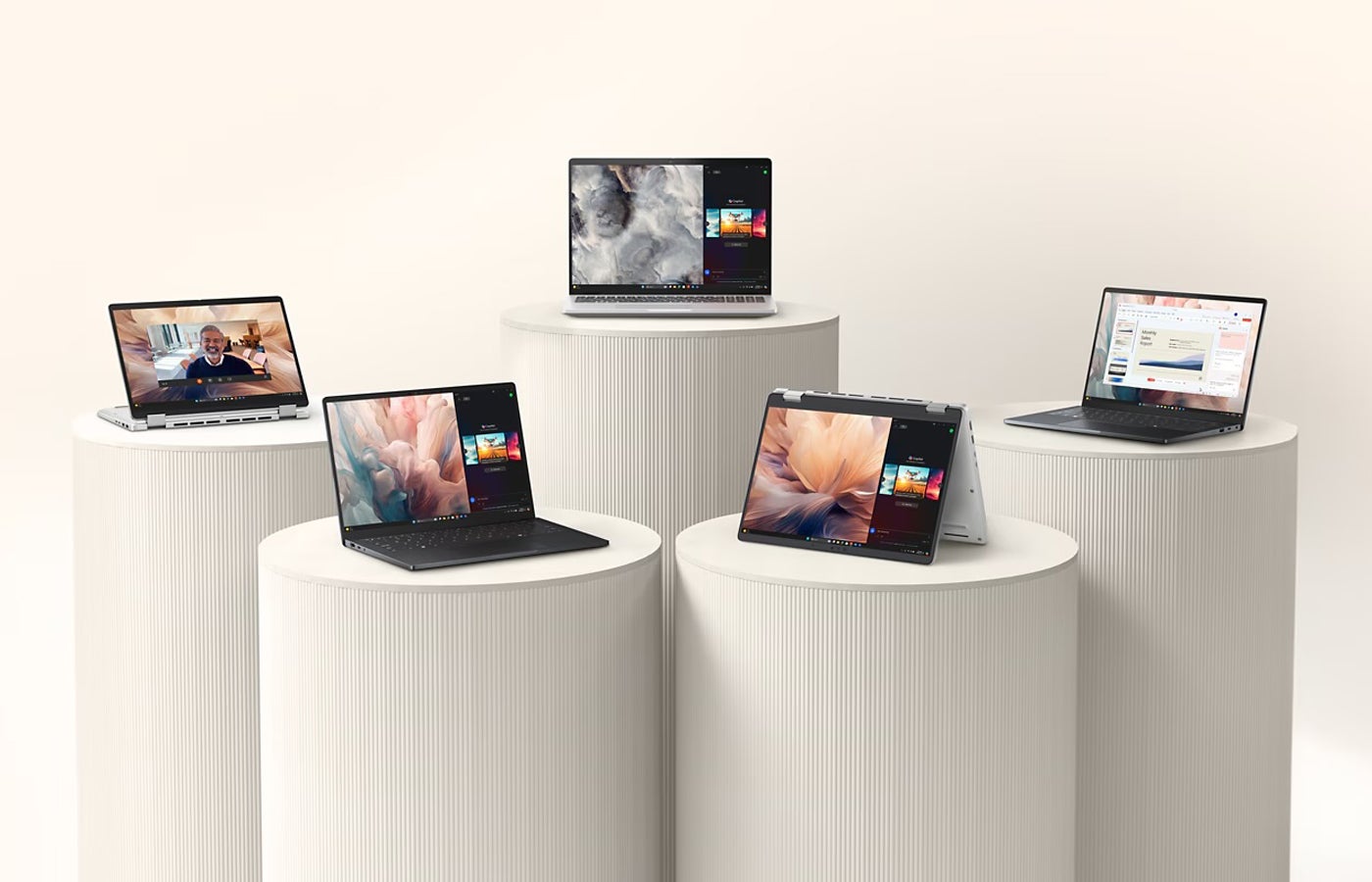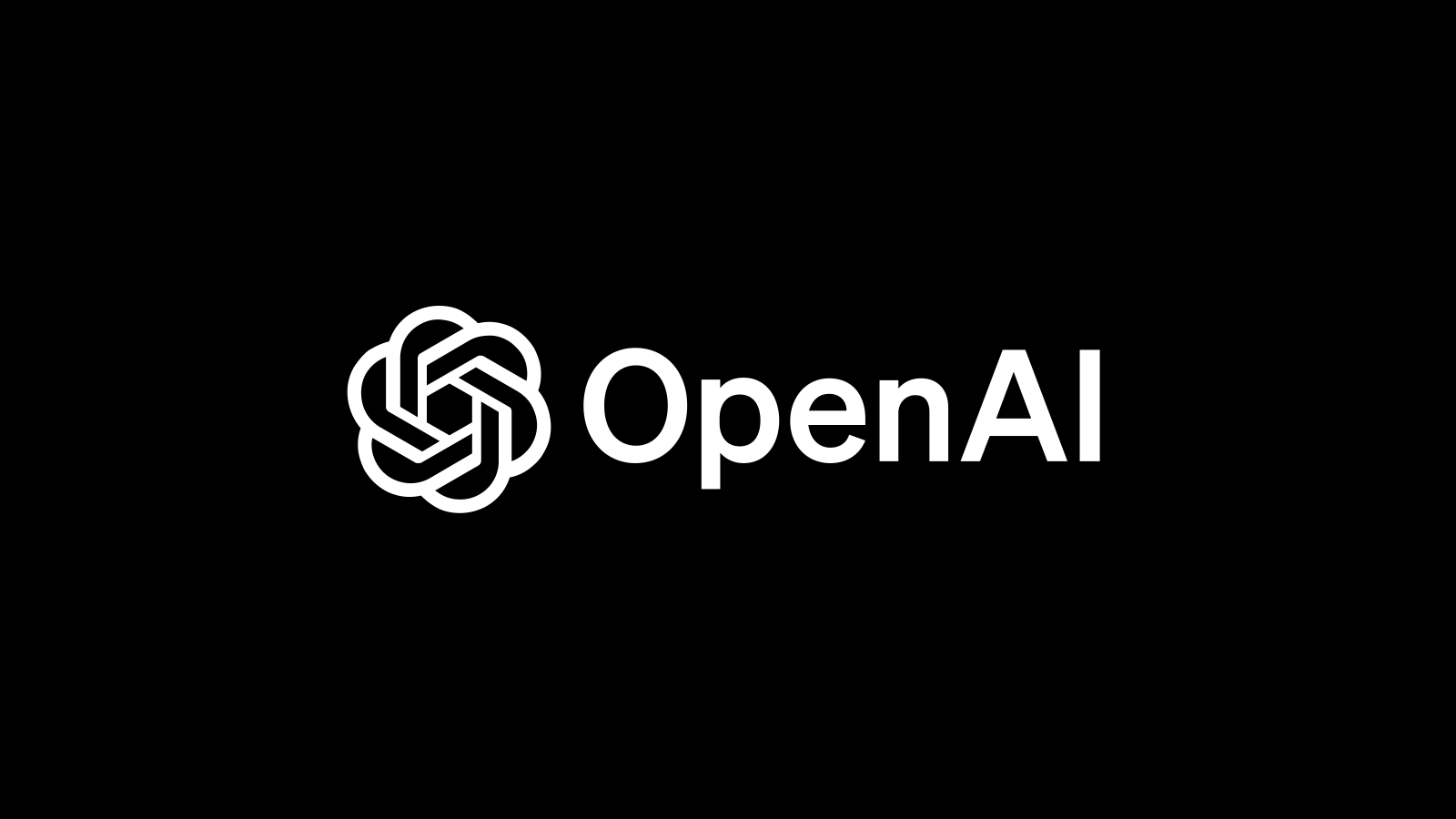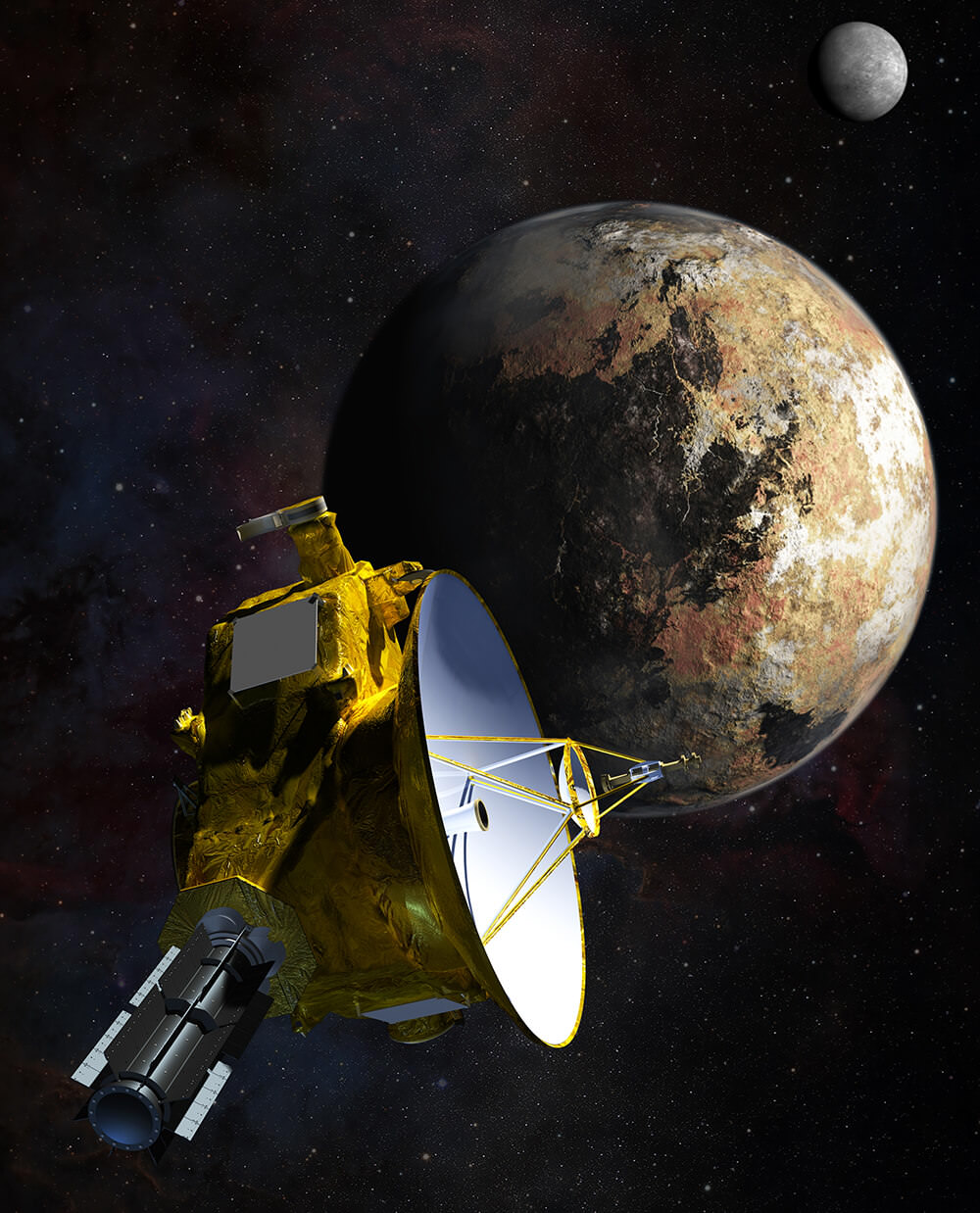General Motors said Tuesday it will no longer fund the development of a commercial robotaxi business and will instead absorb its self-driving car subsidiary Cruise and combine it with the automaker’s own efforts to develop driver assistance features — and eventually fully autonomous personal vehicles.
The pivot is a remarkable step for the automaker, which acquired the self-driving startup Cruise in March 2016 for $1 billion. Since then, GM has spent more than $10 billion on the company in a bid to commercialize autonomous vehicle technology via a robotaxi business.
GM said in a statement that “the considerable time and resources that would be needed to scale the business, along with an increasingly competitive robotaxi market” were the reasons for the change. GM said it expects the restructuring to lower spending by more than $1 billion annually after the proposed plan is completed, which is expected in the first half of 2025.
Efficiency and embracing an incremental approach to autonomy lies at the center of the pivot. Dave Richardson, Senior Vice President of Software and Services Engineering at GM will be a key driver of the change.
The aim is to bring AV technology into millions of GM vehicles. “The best way to do this is with a singular strategy that prioritizes the incremental delivery of autonomous capabilities,” he said in a conference call with reporters.
That means GM will continue to improve its hands-free driver assistance system Super Cruise. Technology developed by GM and Cruise engineers will be used to push Super Cruise to a hands-off, eyes-off system, which Richardson hinted at in an interview with TechCrunch earlier this year.
These types of systems — also known in the industry as Level 3 or L3 — are not self-driving cars like the ones Cruise was working on and that Waymo operates (which are considered Level 4). Instead, they typically operate only on highways and at reduced speeds. And unlike a robotaxi, the driver is still required to take control if needed.
GM owns about 90% of Cruise. The company said it has agreements with other minority shareholders to buy back shares and raise its ownership to more than 97%. GM previously brought on a number of external investors including Microsoft, Walmart, Softbank, T.Rowe Price and Honda as the company sought to raise the billions in capital needed to bring robotaxis to the public. In 2022, GM expanded its stake in Cruise and acquired SoftBank Vision Fund 1’s equity ownership ifor $2.1 billion. At the time, GM also made an additional $1.35 billion investment in Cruise, replacing a previous commitment made by the fund in 2018.
“I want to be clear that GM made this decision to refocus our strategy because we believe in the importance of driver assistance and autonomous driving technology in our vehicles,” GM Chairman and CEO Mary Barra said on a call with media and analysts Tuesday. “This approach would allow us to leverage the strength of GM and Cruise while simplifying and accelerating the path forward, providing customers meaningful benefits along the way.”
The dramatic shift in strategy comes just one year after Cruise became embroiled in scandal, following an October 2 incident that left a pedestrian stuck under and then dragged by one of its robotaxis. That incident, and Cruise’s actions in the immediate aftermath, led to investigations, fines, firings, and GM taking more direct control over what was once a promising self-driving startup.
In the fallout, Cruise lost its commercial operating permits from California regulators, paused other testing in other states, laid off 900 employees — about 24% of it workforce — and shuttered plans to build a custom robotaxi called the Origin. Cruise co-founder and CEO Kyle Vogt resigned and GM brought in outsiders, to restructure the company and build back trust. In June, GM hired Marc Whitten — a video game veteran who was a founding engineer at Xbox and Xbox Live — as CEO of Cruise.
Vogt criticized the decision in a post on X, stating “In case it was unclear before, it is clear now: GM are a bunch of dummies.”
In November, Cruise admitted to submitting a false report with the goal of influencing a federal investigation into a safety incident last year. The company agreed to pay a $500,000 criminal fine as part of a deferred prosecution agreement, per the Department of Justice.
Updated: This article was originally published at 1:27 pm PT December 10. the article has been updated with information shared during a conference call held for analysts and media.








Leave a Comment